Introduction
A commercial solar water heater converts solar energy into heat energy to warm water for domestic or industrial use. There are two main types: vacuum tube and flat plate. Vacuum tube systems dominate the market with about 95% share due to their high efficiency.
1. Working Principle
Solar radiation passes through the vacuum tube’s outer glass layer and is absorbed by the selective coating inside. The absorbed heat transfers to the water, causing it to rise as it becomes lighter, while cooler water flows down. This natural convection forms a thermosiphon system, continuously circulating water until the entire tank is heated.
In flat plate systems, a heat transfer medium circulates between the collector and the tank, transferring heat through a heat exchanger. This circulation can occur naturally or with the help of a pump.
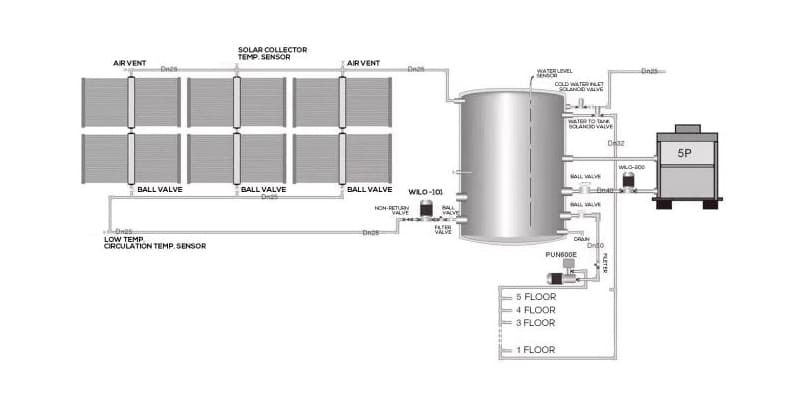
2. Circulation and Supply
Most commercial systems rely on natural circulation and tap water pressure. Pump-assisted circulation is used mainly in large central heating setups. Top-water feed designs use tap pressure for stronger flow and stable temperature but are more expensive and require a steady water supply.
3. Usage Tips
• On sunny days, fill the tank fully; on cloudy days, fill halfway.
• Open the cold water valve first, then the hot, to adjust temperature safely.
• Refill early morning or evening to reduce heat loss.
• Avoid using other hot water outlets during peak time.
• In winter, keep valves dripping slightly to prevent freezing.
• For high demand, use the electric heater as backup.
Conclusion
Proper operation and maintenance ensure efficient, safe, and long-lasting performance of commercial solar water heaters.
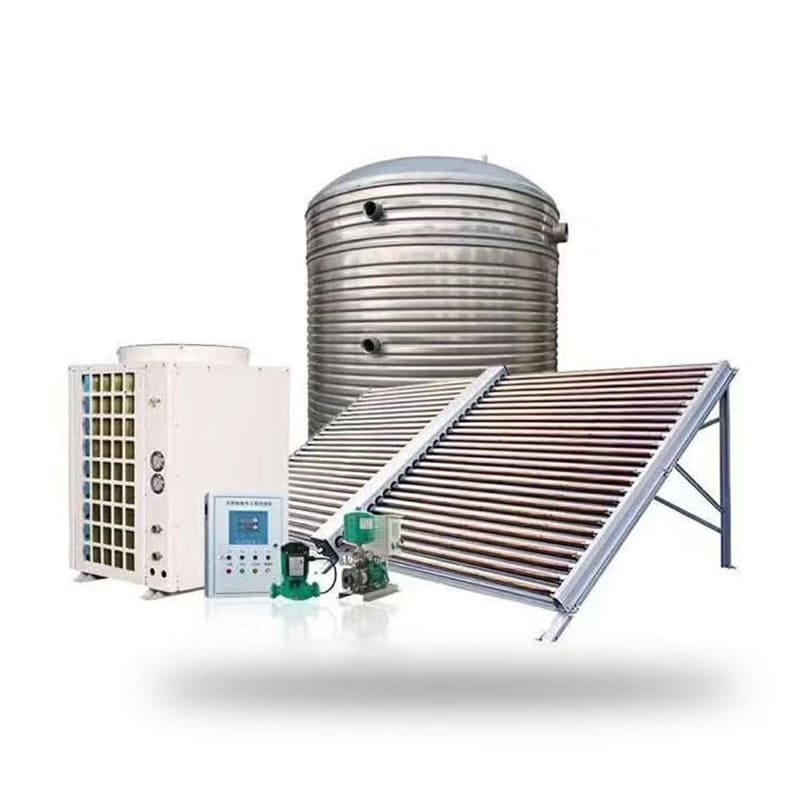
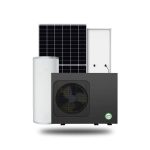
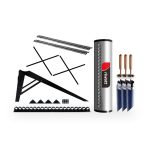
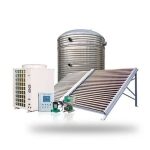
Leave A Comment
Your email address will not be published.